As a leader, the decision to become agile and how to get started is often overwhelming as this is a major change that needs to be well planned and executed.
Please remember that agile is by definition an exploratory approach that encourage hypotheses driven action that gets evaluated and based on results course corrections made as needed.
So be bold and treat with your agile transformation as an agile project itself!
- Come up with a hypothesis driven approach as you seldom get it right first time.
- Introduce changes that are evolutionary and not revolutionary!!
Please Do Not
- Outsource transformation to external consultants completely. Engage external consultants for specifics of agile knowledge but you know your ecosystem better than anyone so take ownership for the transformation.
- Waterfall the agile transformation itself by thinking that the transformation steps need to be done sequentially. Feel free to start parallelly as needed and synergize to optimize the cycle time of transformation.
Start with end in mind
- One of the most common mistakes made when aspiring for agility is implementing agile too soon and “doing agile” without having a well-defined “being agile” state for the organization with buy-in at all levels.
As they say “a well-defined problem is half solved”.
- As a leader be clear about at least 2-3 outcomes you wish to see from the transformation. (Example -faster time to market, Higher customer retention, improved employee engagement)
Engage Agile Transformation consultant if needed
- Based on the level of agile awareness you have as a leader make a call on this. Please note that agile transformation experience is not always same as agile coaching experience.
- Both these roles have overlapping aspects but all coaches may not have transformation experience.
Establish a guiding coalition for the agile transformation
- We need agile champions to advocate and evangelize agile across the enterprise.
- Identify representatives from critical groups like product management, project management, QA, Operations etc.
- The members of this team need to be tenured leaders with credibility and clout with the teams.
- It helps if these leaders have good threshold for risk taking.
- Support this team to have needed bandwidth with delegating some of their responsibilities to others.
Establish the vision and a high level road-map
- The leader and the guiding coalition team prepare a brief and precise vision statement that conveys in simple words how the agile transformation helps organization to a better state and how important is the support from all levels, along with a road-map that shows timelines and milestones for the transformation.
Communicate the vision to the enterprise
- The role of effective communication in the success of an agile transformation is critical and you are better off overdoing it than falling short. Common communication channels are townhall addresses, posters in corridors and breakrooms and conference rooms as BVIR (Big Visual Information Radiators).
- Give the teams enough time to get used to the idea of change.
Identify Key areas for transformation
- Typical areas to focus are people and process.
- People
- Agile has fewer roles than waterfall so make sure your current roles are reviewed and suitably mapped to the agile functional role.
- Agile focuses on more flatter team structure so review your organizational layout to identify opportunities
- Culture changes last so give people time to adapt to the agile model.
- Process
- Plan for co-existence of agile and traditional models during the transformation and make needed investments
- Incrementally shift-left processes from traditional to Agile over time
Frame the work and not worry about Framework.
- The market is full of agile frameworks and each claiming superiority over other so the choice can be difficult to customers.
- From my experience all the popular frameworks like SAFe, LeSS, Scrum, Kanban, Nexus etc. are good and can help with any agile transformation and they all have their strengths and weakness.
- At this stage it helps to bring in an agile coach to coach to help with the frameworks and train the teams by role and also help senior leadership to understand agile concepts and how they can help the teams as role models.
- Let the agile coach help with analyzing the frameworks and suitability to your context and keep in mind that no framework is plug-and-play and you need to customize to your context with inspect and adapt aspect of agile.
Implementation process
Roll out agile to first project
- The guiding coalition team collaboratively identify the most suitable groups/projects.
- Pro Tips
- Cherry pick the team members with agile mindset
- Identify projects that are not too long drawn in timelines. (3-6 months is a good range)
- Chose projects that deliver more UI based functionalities as these are more visual and easier to showcase agile approach of iterative development
- If you have a choice, look for projects with sponsors who are open to change
- Train the user community and key busines users on the agile approaches and values and needed collaboration from them
- Evaluate the results against the vision for agile transformation. Be ready for major gaps as it takes multiple iterations to get the expected level of agility.
- Roll-out the agile approach to more projects and the broader enterprise.
By Ram Krishnan









